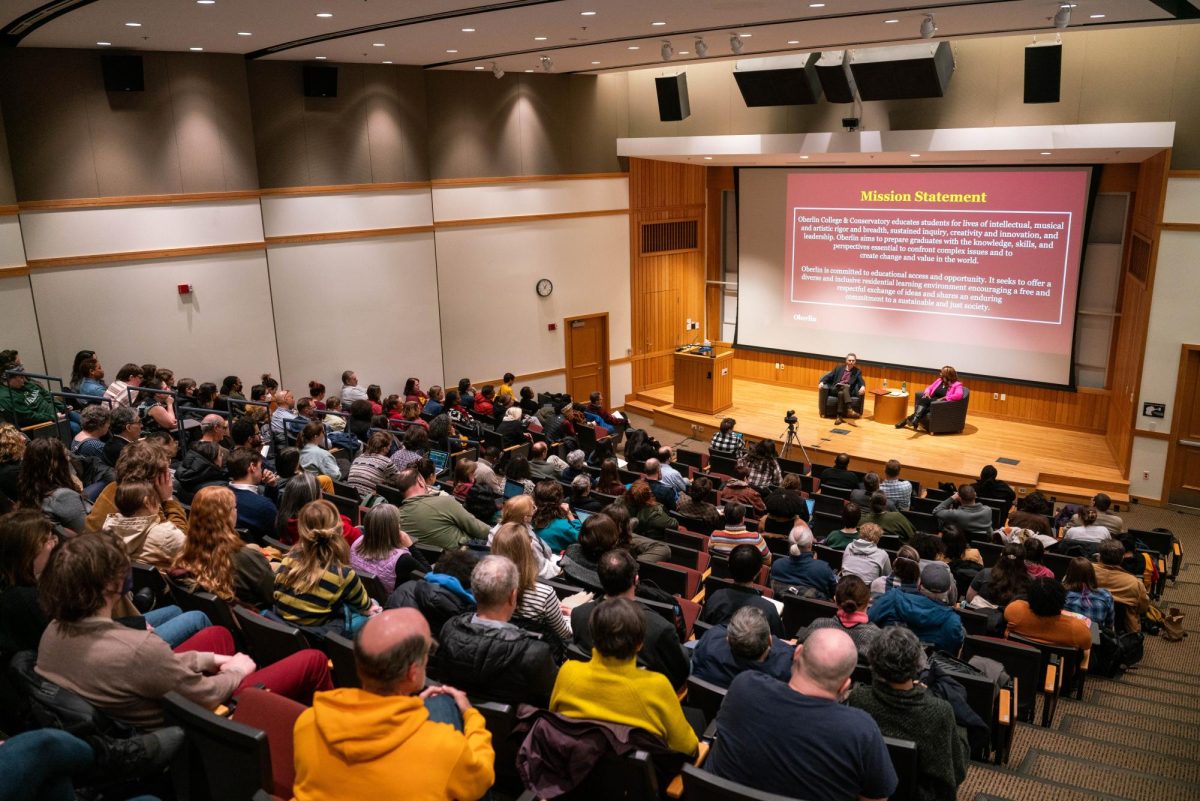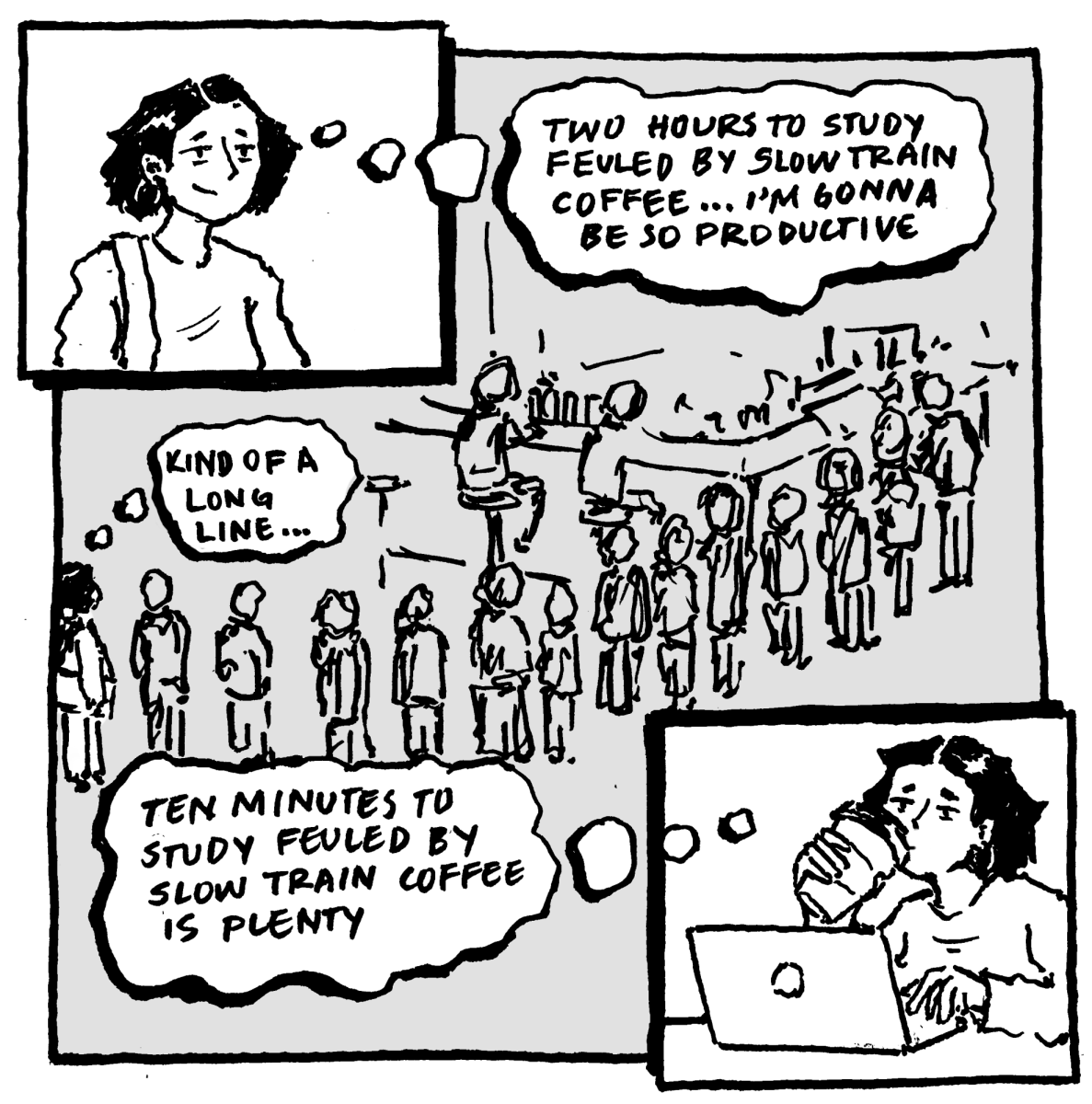Despite Declining Popularity, Twitter Serves Purpose for Citizen Journalists
November 13, 2015
Twitter is undergoing turbulence. Its struggles to hold users’ interest have caused some to speculate that the 140-character model of sharing news and opinions may have been overvalued by investors and potentially the rest of society. Although Twitter is currently the ninth most popular website in the world, some feel that society has failed to capitalize on it’s potential. Twitter’s current model, still true to form since its conception, seems increasingly unsustainable, as user growth has nearly flatlined since last year. Companies like Twitter exist under the “evolve or die” mentality. Google or Amazon appear on the news every other week announcing a new project or buying another company, dwarfing Twitter’s activity on that front. Over time, the giants will get bigger and more powerful until Twitter is just another service to merge into the conglomerate. For Twitter to preserve its original vision, it has to find ingenious solutions and get back to building their company.
In the past few years, companies like Twitter have periodically emerged and collapsed like waves. Most of the time, their ephemerality resulted from flawed service; AOL, Yahoo and MSN all had competitors that did their job better. Twitter enjoyed great success for almost a decade and seemed to be continuing on that path until some time in the past two years. Since its stock opened publicly in 2013, its value has dropped from $40 billion to around $20 billion today. Twitter was always a success story of the tech industry, and it has come to hold a deeply rooted place in our culture. This is what makes its fall so confusing.
Its rise to fame was due in large part to its servicing of the most inane, insignificant parts of the human experience. Anything from a report on a bathroom trip to a serious opinion on Donald Trump could find an audience.
Still, Twitter has also played a role in some of the most immense human moments of the last several years. “Twitter Revolutions” during the Arab Spring demonstrated the power of Twitter’s model. Not only did it allow and encourage citizens under oppressive regimes to organize, but it also outperformed the traditional media in its coverage of the mass demonstrations. The electricity and comradery among those involved was palpable. Although Twitter has not contributed to the collapse of governments since then, its massive potential for upheaval and revolution is still evident. Today, the Black Lives Matter movement relies heavily on Twitter’s existence. The facilitation of discourse on Twitter played a large part in building the strength of the movement. Without a platform with an appeal and capability as broad as Twitter, these feats would have been difficult to publicize, especially in mass media.
Now, despite its impressive track record and acceptance by the world, Twitter still has changes to make if it wants to retain its standing for years to come. Its current model, fundamentally the same one it was founded on, has seemingly run its course.
Twitter has been very respectful of the user experience. For 10 years, it has kept its site mostly free of disruptive advertising and has taken great effort to ensure the advertising done directly through Twitter does not ruin the experience or integrity of the site. However, it appears that this approach has been too passive, because interest in Twitter is slowly dwindling. It currently has 316 million active users — a fraction of Facebook’s 1.5 billion — and still far less than Facebook’s new acquisition, Instagram, which has 400 million.
A comparatively small base of active users on a website usually comes down to a lack of consistently high gratification, or value, in the service. A tweet, more often than not, has very little value. Many things increase the value of tweets, such as celebrity status, some relation to the user or journalistic service. Twitter’s goal now is to equip users with the ability to better sift through the dirt to find value in its site.
The newly added Moments feature attempts to bring focus to the user experience. The Moments feature organizes tweets about a certain event in a slick collage, a simple addition that reminds users of Twitter’s potential to connect and influence on a massive scale. It encourages the same excitement that large social movements held through Twitter have created and reminds users of Twitter’s capacity to become a citizen news site.
During a time in which traditional media has been scrutinized for unreliability, Twitter’s service is not to be undervalued. Widespread facilitation of information exchange offers a way for people to be instantaneously connected to the world without corporate media. This massive utility and wide appeal is competitive with other large sites, and with some refinement, Twitter can regain its early prominence and promise.






















